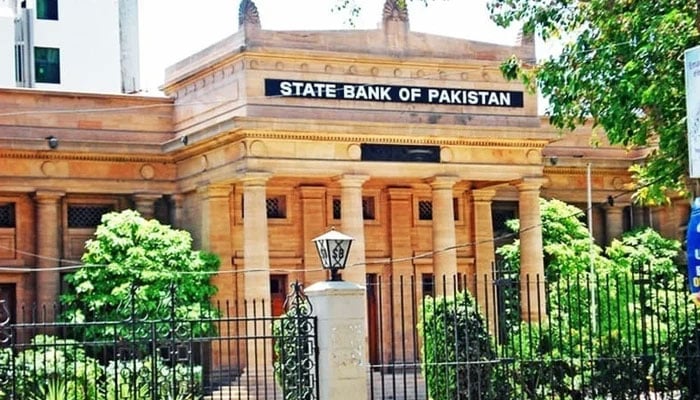Staff Report
ISLAMABAD: State Bank of Pakistan’s (SBP) Monetary Policy Committee Monday announced maintaining the status quo, leaving the key policy rate unchanged at 22%.
The MPC’s decision to maintain the key policy rate unchanged — for the fifth time in a row — is in line with market expectations as high inflation persists due to the rise in energy prices.
In a concerning update, SBP Governor Jameel Ahmad stated during a press conference in Karachi that inflation remains elevated, necessitating an upward revision of the annual target to 23-25%. The decision to keep the rate status quo is the last under the caretaker government before the country’s general election next month. It also comes in the midst of Pakistan’s $3 billion Standby Arrange-ment (SBA) with the International Monetary Fund (IMF).
The bank’s governor said the decision was warranted due to “elevated” inflation, but that the rate in January was expected to ease from the previous month when it was 29.7%.
It forecast that inflation would decline at a faster pace from March and full-year average inflation would be 23-25%.
“SBP opted for a wait and see approach during this policy (meeting) and refrained from abruptly start-ing a monetary easing cycle,” said Tahir Abbas, head of research at Arif Habib Limited.
“Economic indicators are gradually improving and inflation is expected to decline significantly from March 2024 onwards, where we believe that (the) SBP is expected to start a monetary easing cycle,” he said.
The country’s external accounts and foreign exchange reserves have also improved, the current ac-count deficit is expected to shrink, and although inflation remains elevated, it would start declining faster from March, Ahmad said.
Pakistan’s key rate was raised to an all-time high of 22% in June to fight persistent inflationary pres-sures and to meet one of the conditions set by the IMF for securing the bailout.
While the rescue programme has helped to avert a sovereign debt default, some of the attached con-ditions, such as raising its benchmark interest rate, increasing government revenue, and increasing electricity and natural gas prices, have complicated efforts to curb inflation and have dampened busi-ness sentiment.
Despite negative real rates, the business community had been pushing for a rate cut for some respite amidst economic challenges.






